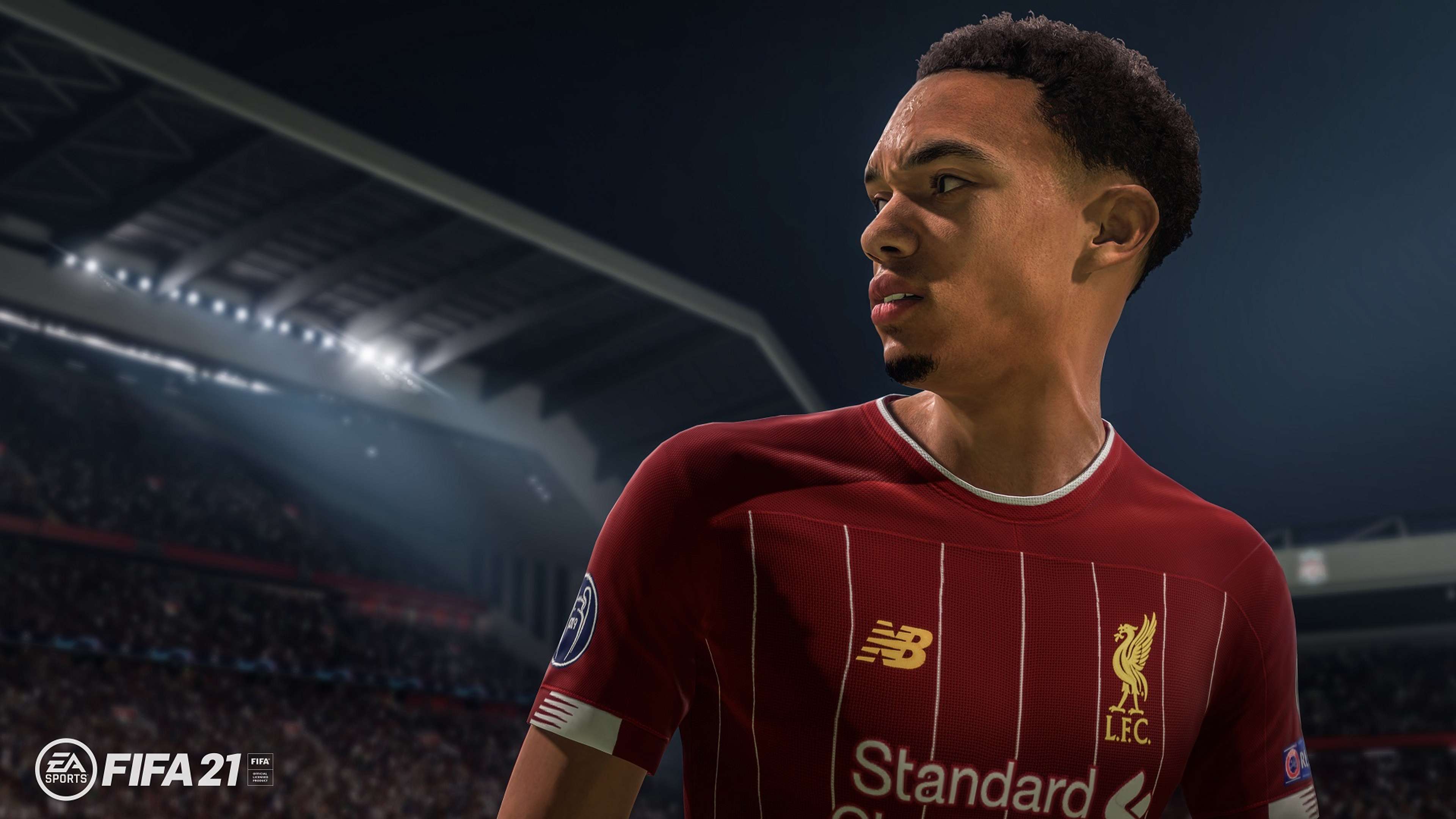Free kicks can be an extremely effective way of scoring goals in FIFA 21, with the free kick system introduced in FIFA 20 brought back for the latest version of the game.
At first, it can be tricky to even get the ball on target, but once you have refined your skills, you should be able to convert the majority of your chances and turn losses into wins.
Choosing the right players and the right free kick type is extremely important.
Follow our expert tutorial to find out how to score free kicks in FIFA 21.
How to select free kick takers in FIFA 21
Most teams have a free kick taker selected by default, but sometimes this player may not be best suited to the particular free kick position or distance, or may not even be the best set piece taker on the team.
You can change your free kick taker before you attempt a shot by pressing R2 on PlayStation or RT on Xbox.
This will bring up a list of all available players (including your goalkeeper, if you so wish) and displays their relevant attribute ratings.
There are a few key attributes to keep in mind when choosing which player should take your free kicks.
The first attribute shown is whether the player is left or right footed. Usually, free kicks to the right of the goal will be taken by left-footed players and vice versa.
The other stats are out of 99 and are PWR, FKA, CRV and PEN.
PWR is how powerful the shot will be, FKA is free kick accuracy and the most important of all the stats.
CRV is curve rating and indicates how well the player can bend the ball around or over the wall.
PEN is the penalty rating and is irrelevant when taking free kicks.
How to score close-range free kicks in FIFA 21
Close-range free kicks are the easiest to score in the game, especially when using free kick takers with high attributes.
Curved and dipping free kicks are the two main types used when close to the goal. CRV and FKA are important stats when choosing which player should attempt these free kicks.
A curved free kick bends the ball around the wall and into the corner of the net, while a dipping free kick goes up over the goal and then down into the net.
For both free kicks, aim for the corner of the goal with the left stick and then power the shot bar up two bars or two-and-a-half bars if a little further out.
After your player begins their run up, use the analog stick to add either curve or top spin to the ball, and keep holding this direction until the ball hits the net.
Timed finishing is important as it increases the chance of the ball hitting the target. Press the shoot button again right as the player's foot connects with the ball to activate this.
You can also attempt a trivela free kick by using a right-footed player on the right side of the goal (or left on the left) and attempting to curl the ball into the net with the outside of your boot by aiming the cursor a foot outside the goal and then curling the ball the opposite direction.
This is quite difficult and requires very high FKA and CRV ratings as well as a lot of practice.
How to score medium-range free kicks in FIFA 21
You can also attempt curved and dipping free kicks from further out, but these require more power to hit the target.
As a result, a player with high PWR attributes is important for these. FKA and CRV are also needed, although CRV may not be as important if you do not need to bend the ball around the wall.
For these free kicks, you will also need to add more power to your shots. Three power bars is usually enough to ensure that the ball does not go over the crossbar.
Expert free kick takers can also try the knuckleball free kick. To do this, aim just inside the near post and then instead of just holding the stick one direction to add curve or spin, flick it down, then up and then down again.
A knuckleball free kick needs high PWR and FKA and is extremely difficult to score but if you can pull it off, it looks amazing.
How to score long-range free kicks in FIFA 21
The medium-range free kick options can work from long range, but the chances of scoring are even lower, even with players with high PWR, FKA and CRV.
You can try to shoot directly from long range, but it is usually more beneficial to pass the ball to a nearby team-mate or else hit a long ball into the box.
A short pass can be effective as you may be able to catch the opponents out of position if they have set up to defend a shot or a long pass.
When attempting a long pass, aim for the penalty spot and power your cross up two or three power bars depending on distance.
This should put the ball in behind the defenders, allowing your attackers to run onto it and head it past the goalkeeper.
